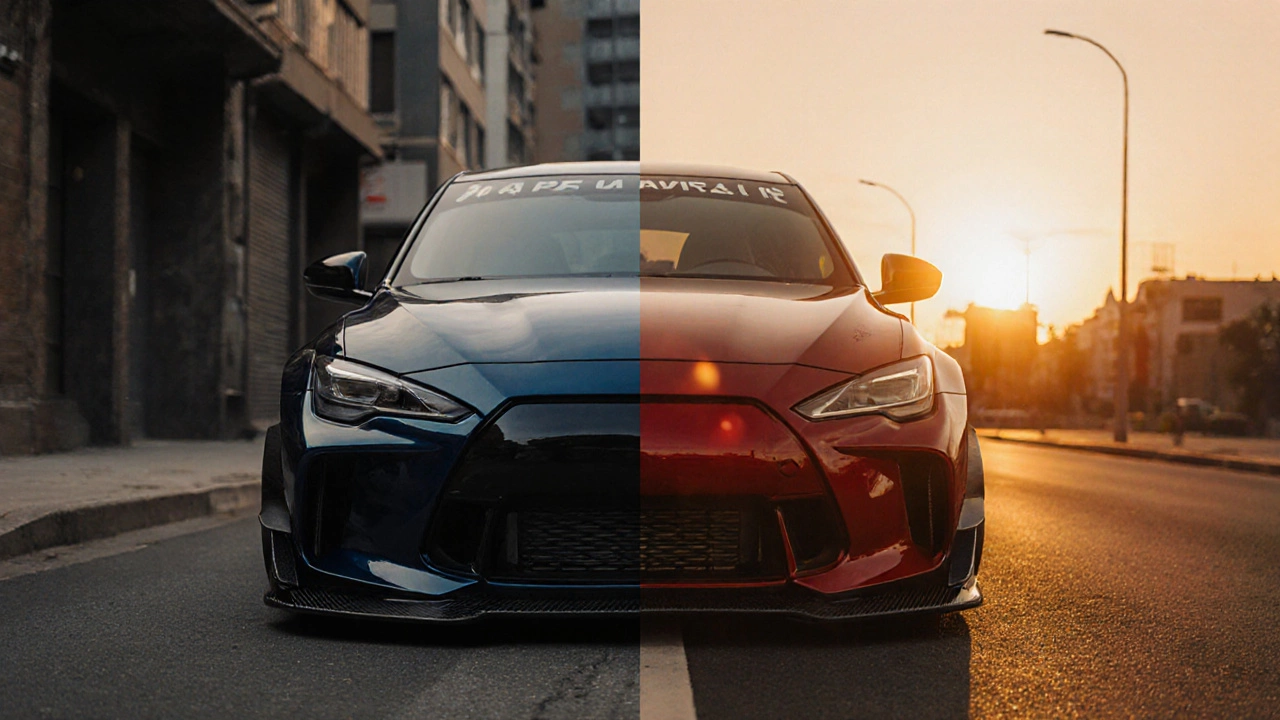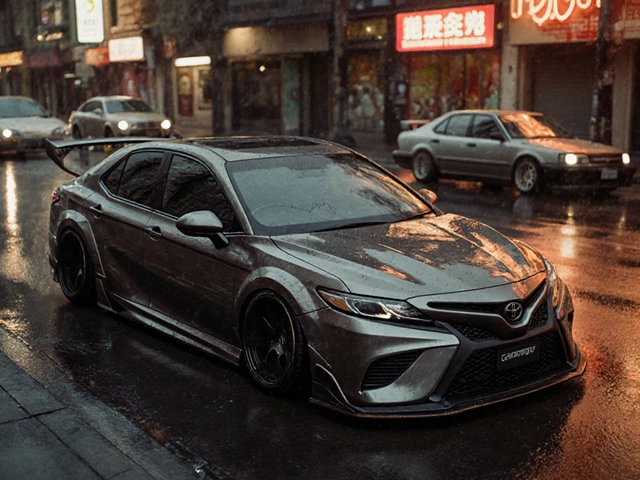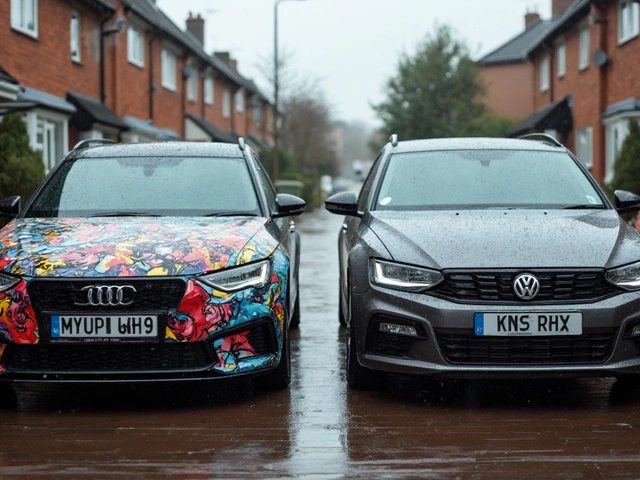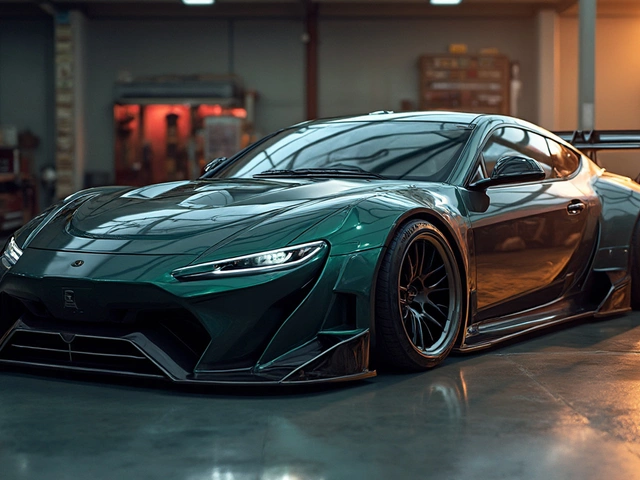Full Body Kit Cost Calculator
Estimate Your Full Body Kit Costs
When you hear Full Body Kit is a complete set of exterior parts that replace the factory panels to give a car a more aggressive look, you probably picture a low, wide stance and a splash of rocker‑style flair. In reality, a full body kit is much more than a visual upgrade - it reshapes the car’s aerodynamics, alters weight distribution, and can even affect ride comfort. This guide breaks down what a full body kit actually includes, how it works, and what you need to know before you click ‘add to cart’.
What Exactly Is a Full Body Kit?
A Full Body Kit covers every major exterior panel on a vehicle, from the front bumper to the rear spoiler. Unlike a partial kit that swaps just the front or rear bumper, a full kit swaps the front bumper, rear bumper, side skirts, spoiler, fender flares, hood, and often the roof or trunk lid. The result is a cohesive design language that looks intentional rather than cobbled together.
Core Components of a Full Body Kit
- Front bumper provides the car’s first visual impact and helps manage airflow over the hood
- Rear bumper completes the rear profile and can integrate diffusers for downforce
- Side skirts fill the gap between the wheel wells and the ground, giving a lower stance
- Spoiler adds rear downforce and a sporty silhouette
- Fender flares cover wider wheels and protect the paint from debris
- Hood may feature vents or a vented design to aid cooling
- Roof some kits include a carbon‑fiber roof panel for weight reduction
Materials and Finishes
Most kits are made from either Polyurethane a flexible, impact‑resistant plastic that’s easy to paint or Carbon fiber a lightweight composite prized for its strength‑to‑weight ratio. Polyurethane is budget‑friendly and forgiving on minor dents, while carbon fiber delivers a premium look and can shave a few kilograms off the car’s front end. Some aftermarket brands blend fiberglass with a clear coat for a glossy finish that mimics the look of OEM paint.
How a Full Body Kit Changes Appearance and Aerodynamics
The visual impact is obvious - the car looks longer, lower, and more unified. But the aerodynamic gains are subtle yet measurable. A well‑designed front bumper directs air around the wheels, reducing drag. Side skirts create a smoother under‑body flow, while rear diffusers and spoilers generate downforce that improves high‑speed stability. For street drivers, the difference may be a tighter feel at 80 km/h; for track enthusiasts, a full kit can shave seconds off lap times.
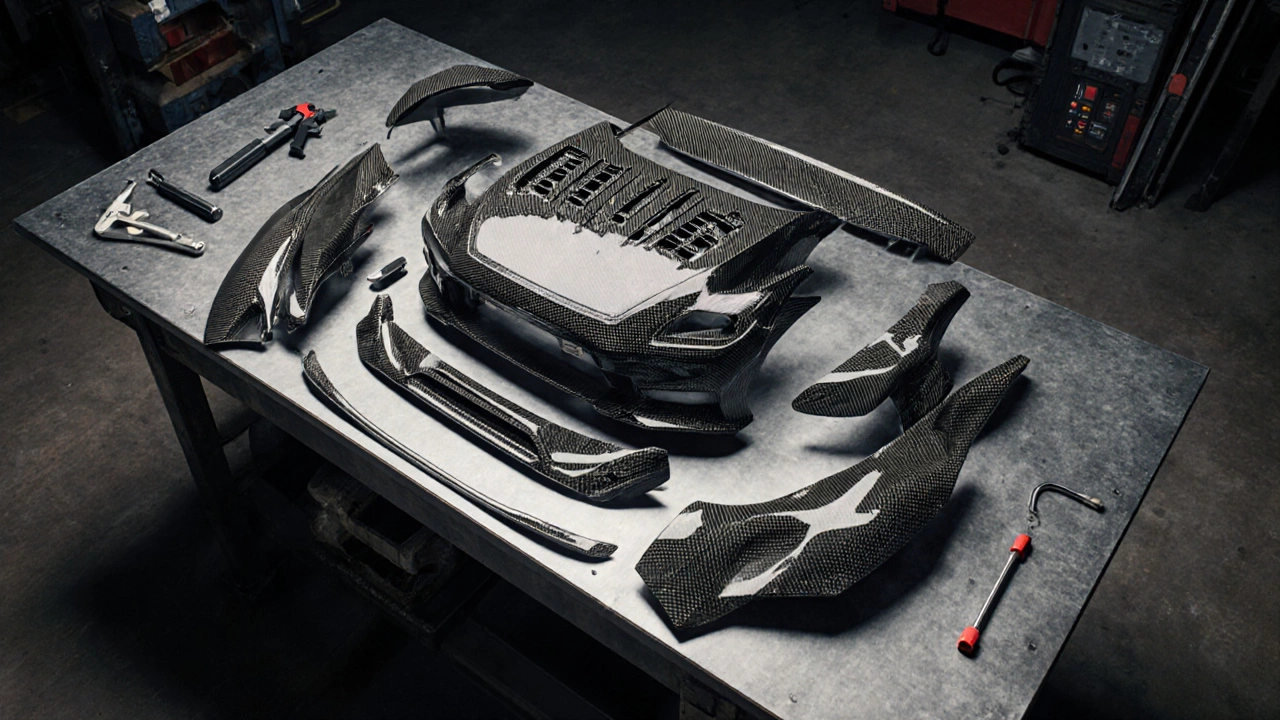
Installation Considerations
Fitting a full kit is a major undertaking. You’ll need to:
- Remove all OEM exterior panels carefully to avoid damage to hidden wiring or sensors.
- Use the mounting brackets that come with the kit; many include pre‑drilled holes for popular models.
- Align each piece with the factory reference points; a mis‑aligned side skirt can cause tire rub.
- Re‑program any electronic aids (e.g., blind‑spot sensors) that were integrated into the original bumper.
- Check local regulations - some states limit bumper protrusion or require a specific level of crash safety compliance.
If you’re not comfortable with welding or electronics, a professional installer is worth the price. A poor fit not only looks cheap but can affect vehicle safety.
Cost Factors and Budgeting
Prices vary widely. A basic polyurethane kit for a common sedan can start around AUD 1,500, while a full carbon‑fiber set for a performance coupe can exceed AUD 8,000. Additional costs include:
- Painting or clear coating (often AUD 500‑1,200).
- Installation labor (AUD 800‑2,000 depending on complexity).
- Possible reinforcement brackets or custom‑fit hardware.
Remember that cheaper kits may use lower‑grade plastics that crack under stress, whereas premium kits tend to retain their shape longer and keep resale value higher.
Choosing the Right Kit for Your Car
Start with your vehicle’s make and model. Most reputable brands list fitment charts that specify whether a kit is street‑legal, race‑only, or a hybrid. Consider your primary use:
- Daily driver: Look for a kit with good paintability and modest weight gain.
- Weekend track: Prioritise carbon‑fiber or lightweight polyurethane, and aim for aerodynamic efficiency.
- Show car: Go for a fully finished kit with glossy paint or matte wraps, plus matching wheel arches.
Read community reviews - owners often post before‑and‑after photos that reveal how the kit fits on real‑world cars.
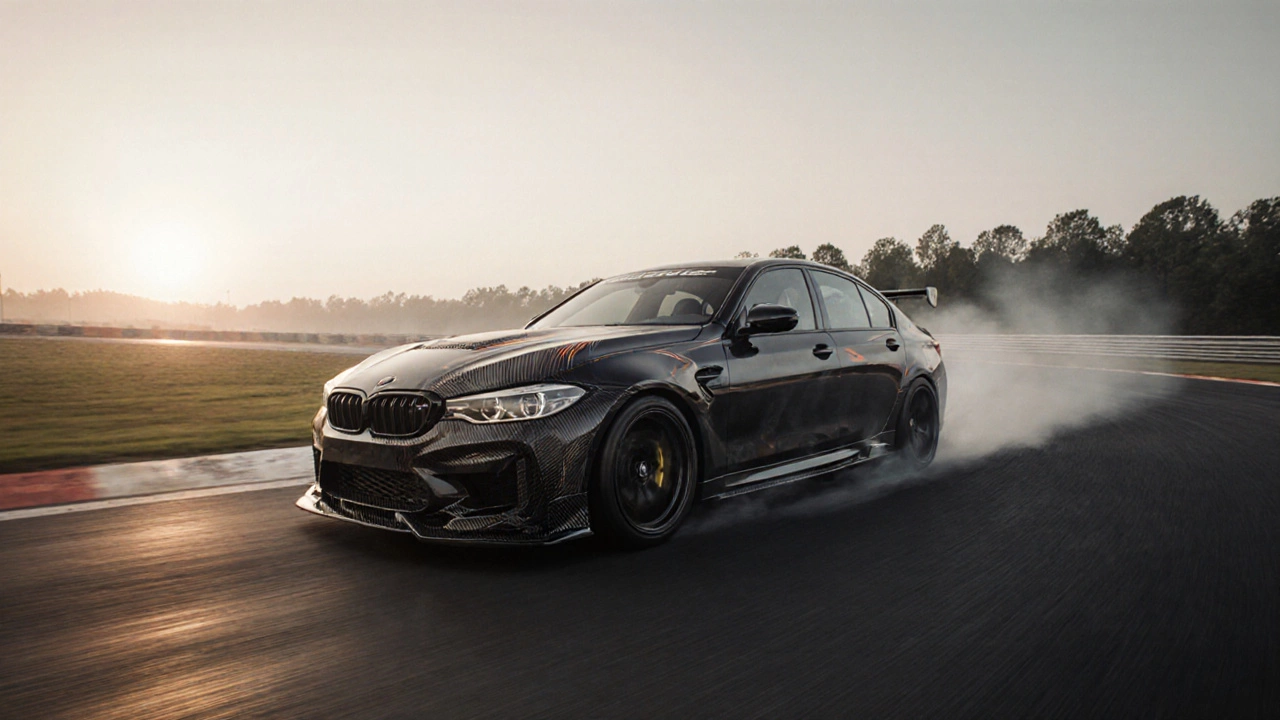
Maintenance and Care Tips
Keep the kit clean, especially the front bumper and side skirts where road grime accumulates. Use a pH‑balanced car shampoo to avoid stripping the protective clear coat. For carbon‑fiber parts, a gentle microfiber towel and a spray wax will preserve the luster. Periodically inspect mounting bolts for looseness; vibration can gradually back‑out fasteners.
Full Body Kit vs. Partial Kits: Quick Comparison
| Aspect | Full Body Kit | Partial Body Kit |
|---|---|---|
| Components Covered | Front bumper, rear bumper, side skirts, spoiler, fender flares, hood, roof | Usually 1‑2 parts (e.g., front bumper only) |
| Cost | Higher - entire suite plus paint and labor | Lower - single‑part price |
| Visual Cohesion | Seamless design language | Potential mismatch with OEM parts |
| Aerodynamic Benefit | Significant - airflow managed from front to rear | Limited - only localized effect |
| Installation Complexity | High - multiple panels, wiring adjustments | Moderate - fewer mounting points |
Common Myths and Pitfalls
Myth 1: "Any kit will fit any car." In truth, fitment is model‑specific. Even two trims of the same model can have different bumper mounts.
Myth 2: "A kit instantly makes a car faster." The main boost is visual; aerodynamic gains are modest unless you pair the kit with suspension tuning.
Pitfall: Skipping the paint stage. Unpainted polyurethane looks cheap and ages poorly under UV exposure.
Frequently Asked Questions
Is a full body kit legal for street use in Australia?
Most states allow full kits as long as they meet the Australian Design Rules for crash safety and lighting. Check your state’s vehicle standards before fitting.
Can I install a full body kit myself?
DIY is possible for experienced hobbyists, but you’ll need a full set of tools, a torque wrench, and knowledge of any electronic sensors embedded in the bumpers. Mistakes can affect safety, so many owners prefer a professional shop.
How much weight does a full body kit add?
Polyurethane kits typically add 10‑20 kg, while carbon‑fiber kits can be as light as 5‑8 kg. The exact figure depends on the number of components and the material thickness.
Will a full body kit affect my car insurance?
Insurers may raise premiums if the kit is classified as a performance modification. Notify your provider and provide details of the kit’s material and purpose.
Do I need to repaint the entire kit?
For a seamless look, most owners paint the whole kit to match the factory colour or a custom shade. Some polyurethane kits come pre‑painted, but colour matching may still be necessary.

